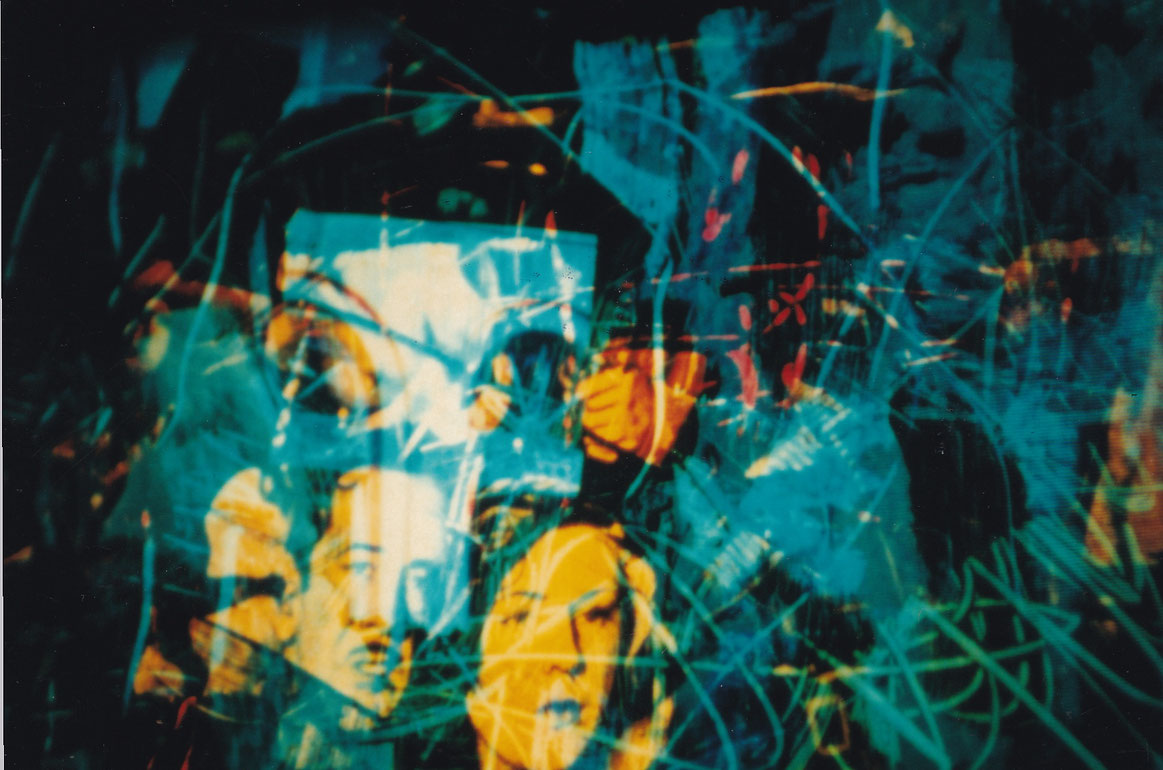Zócalo
Zócalo presents us an intensely coloured catalogue of holiday snapshots from Mexico, complete with bull-fight, Aztec pyramids and Caribbean beach. In the studio Steiner has animated these to a meteoric dance and fundamentally re-worked with over painting. The film uses energetic, fleeting, pulsating pictures and a repetitive, driving music line which reminds one of Steve Reich. Somewhere near the middle of the film the music, which, as with the pictures, has been alienated by Steiner, resolves itself into a 1:1 reproduction of the now separately perceptible acoustic instruments. Zócalo is a work in layers, where the uncountable visual levels - created by multiple exposure - are subject to a continuous interplay between dissolution and separation. At times the abstract, gestural painting covers the snapshots that exist "behind" it completely. Often Steiner works with masks when applying the over-lying surface so that the integrity of the film picture is breached, and "windows" are created that allow a view from the two dimensional level into the representational three dimensions of the photographed scenes. For the most part, the abstract and the all too concrete alternate with extreme speed. The result is a game of hide and cover-up in that the readability of recognisable (not to say cliché) pictures is withdrawn again and again.
A holiday film? An artwork? What is in collision here are various cultures, time frames and ways of seeing as well as methods of appropriation and shaping of reality. The powerful proliferation of the painted structures in Zócalo invades the artificially animated photographs. Even so, sometimes some pictures freeze and stand for concepts such as - "the descendants of the Maya take their folklore to market". What do we, as feeling, thinking and creating people have to hold against this? The questions inevitably arise cannot be unambiguously answered from the film itself. (Thomas Korschil)
Zócalo
1997
Austria
8 min


